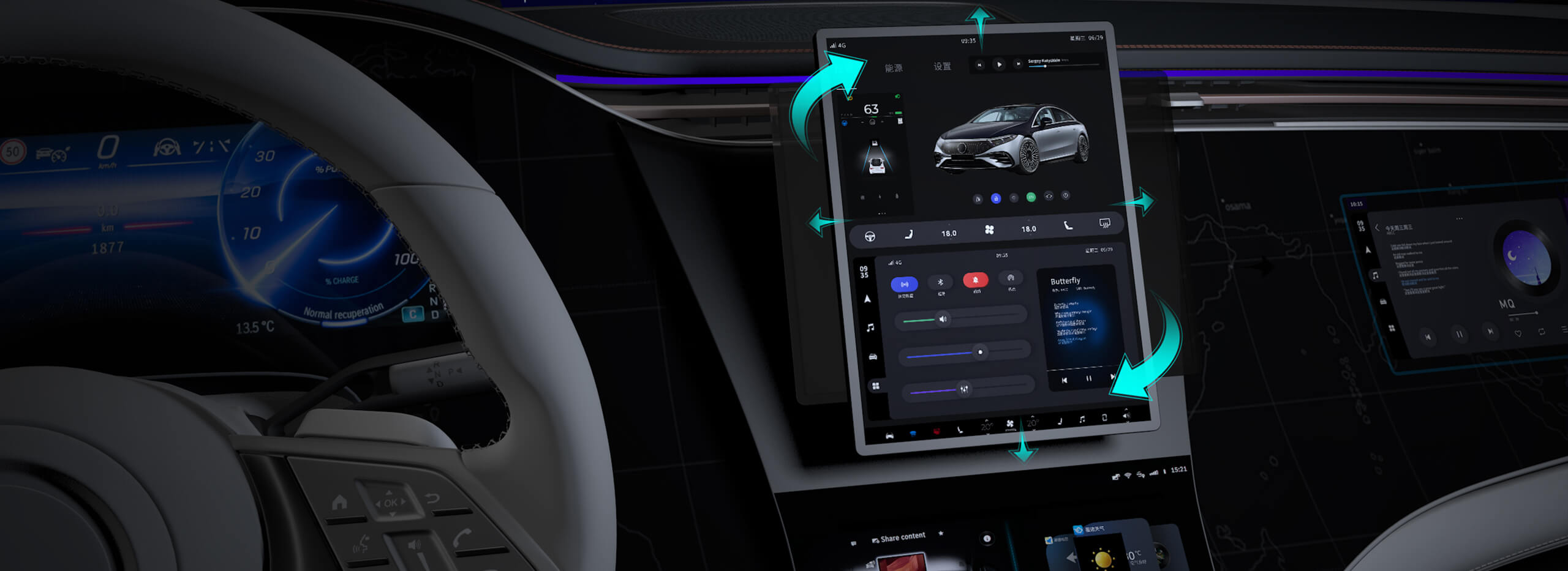part 1:
Imagine a world where engineers and hobbyists alike could shrink down complex mechanical systems into tiny, easily manageable, and precisely controllable components. Welcome to the universe of micro servo 9g CAD – a realm where miniature engineering meets cutting-edge digital design. This tiny marvel, often overlooked because of its diminutive size, packs a punch in versatility, precision, and application scope that’s larger than life.

The micro servo 9g’s popularity owes much to its ideal blend of size, torque, speed, and affordability. Whether it’s used to animate a miniature robotic arm, control a drone’s camera tilt, or serve as an interactive element in a DIY project, this tiny actuator is a game-changer. But what truly elevates its potential is the incorporation of Computer-Aided Design (CAD) modeling, transforming how creators conceptualize, customize, and implement these servos.
The significance of CAD in micro servo development
CAD isn’t just a design tool; it’s a gateway to innovation. For the micro servo 9g, CAD allows engineers and hobbyists to meticulously craft every aspect—from internal gear mechanisms to mounting brackets—before a single physical prototype is made. This virtual environment offers a sandbox for experimenting with different materials, sizes, and performance specifications without the costs associated with physical prototyping.
When working with CAD models of the 9g servo, designers can visualize how the tiny motor interacts with gears, check for potential interference, and optimize center of gravity—all critical factors for applications demanding high accuracy and reliability. Moreover, CAD designs facilitate easy modifications, enabling rapid iterations based on real-world testing or evolving project requirements.
Design considerations for the 9g micro servo in CAD
At its core, a micro servo 9g comprises several primary components: the motor, gear train, control horn, housing, and electronic circuitry. In CAD, each of these parts can be modeled with high precision, allowing for an integrated approach to design. For example, the gear train's gear ratios influence torque and speed, which can be simulated and adjusted within the CAD environment to match specific application needs.
Material selection is essential in CAD modeling. Many servo housings are made from plastic to keep weight low, but CAD allows for experimentation with composites or lightweight metals if higher durability or specific thermal properties are required. The electronic circuitry, often a tiny circuit board with a controller IC, can also be accurately represented to predict heat dissipation and space constraints.
Customization and scalability in CAD
One great advantage of incorporating CAD into micro servo 9g development is the ability to customize the design for unique applications. For instance, hobbyists designing a custom robotic hand may need servos with specific output shafts, mounting holes, or integrated sensors. CAD models can be tailored accordingly, streamlining manufacturing and assembly.
Furthermore, scalable design paradigms can be implemented. A single base CAD model of the 9g servo can be modified to produce variants with different torque ratings or size adjustments while maintaining core design principles. This modular approach accelerates product development, enabling rapid prototyping of multiple configurations for diverse projects.
The role of precise CAD modeling in performance optimization
Beyond aesthetics and fit, CAD modeling enhances performance prediction. Finite Element Analysis (FEA), simulations of gear stress, or thermal analysis can be integrated into CAD workflows. This holistic approach ensures that when a micro servo 9g is realized physically, it performs reliably within its intended parameters.
For hobbyists and professionals alike, understanding the internal dynamics through CAD leads to smarter choices—be it material selection, gear ratio optimization, or housing design—and ultimately results in more durable, efficient, and responsive miniature servos.
Kpower has delivered professional drive system solutions to over 500 enterprise clients globally with products covering various fields such as Smart Home Systems, Automatic Electronics, Robotics, Precision Agriculture, Drones, and Industrial Automation.




































